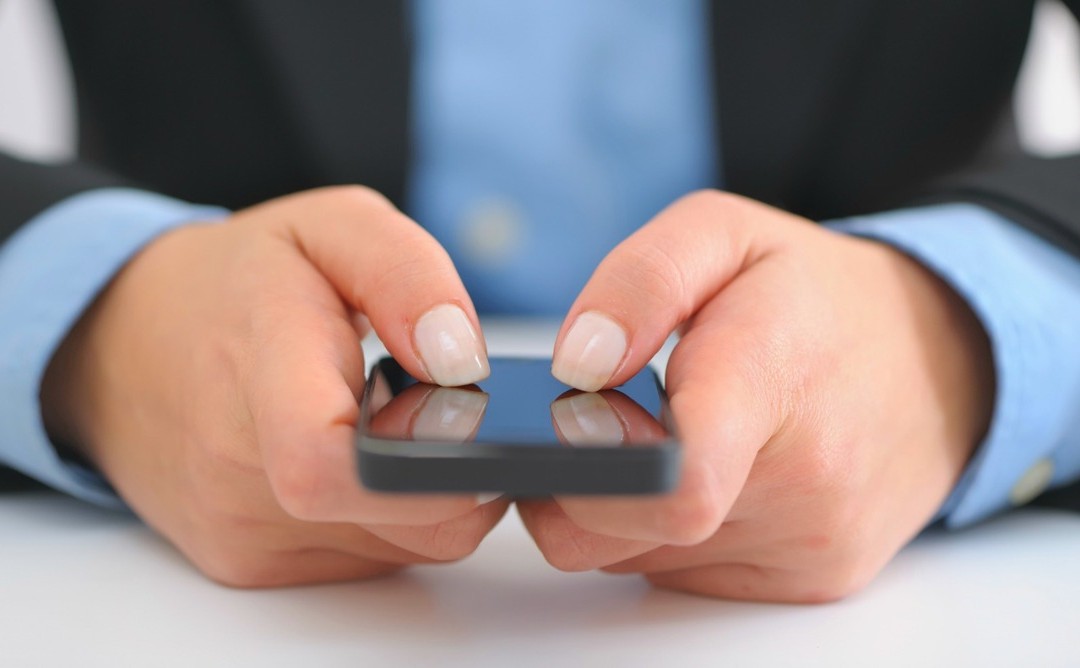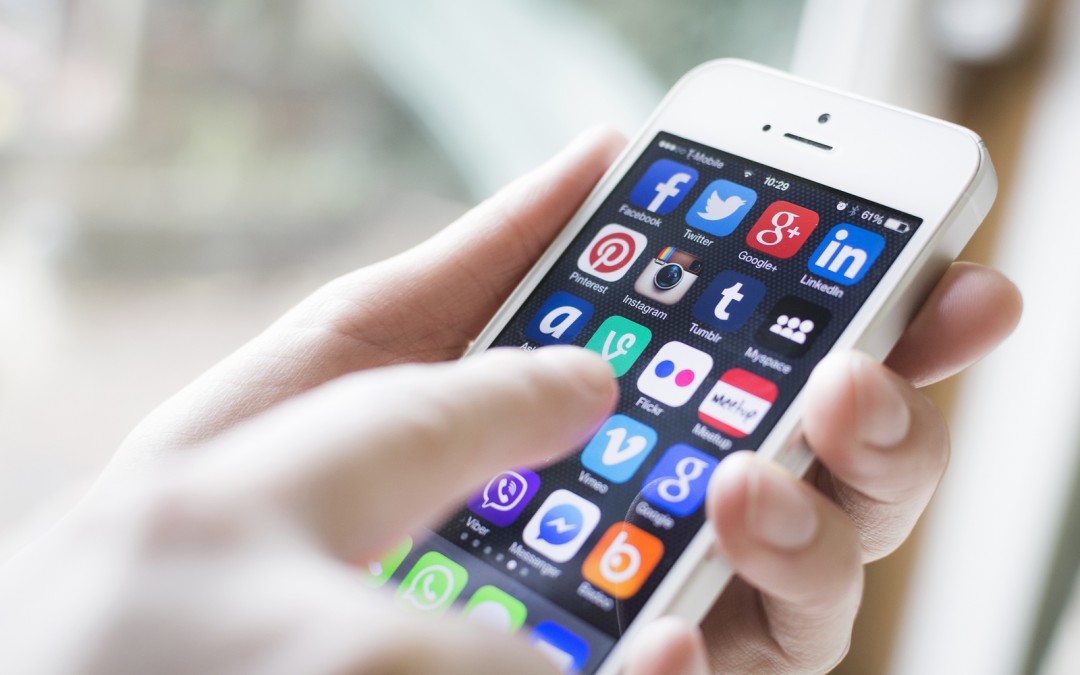
by anton | Nov 21, 2016 |
Mobile marketing is most often defined as marketing to or on a mobile device. Therefore, one could say that the decidedly low-tech telesales call to mobile users was the original example of mobile marketing in action. Most of us, however, tend to think of the humble SMS as the original mobile marketing bearer. The old reliable text message continues to deliver outstanding ROI to mobile marketers who remain impressed with its universal acceptance amongst mobile users. Practically all GSM handsets can receive text messages, and on a continent where the feature phone still commands quite a following, that’s a definite plus. Far from being a mobile bearer set to be replaced by over-the-top messaging applications like WhatsApp, MobileMarketingWatch.com this very week predicts that “SMS Will Reign King in 2017”. The respected mobile marketing platform takes us back to 2011 when it says influencers were first predicting the end of SMS text messaging, due to the app’s growth in the mobile marketplace. Today, SMS’s convenience, simplicity, universal acceptance and ease-of-use ensures that it remains the preferred channel for business-to-consumer communications year after year. Many of us have no doubt noticed that while mobile users might prefer IM communication on a personal level, tens of millions of us are very happy to receive commercial text messages from companies we know. Reinforcing this conventional wisdom is the fact that in 2016, texting became the number one preferred channel for notifications from businesses for millennial audiences. Email came in a close second. Voice, apparently, lagged behind in a distant third. We just don’t like receiving many phone calls anymore, but we like SMS so much...

by anton | Oct 20, 2016 |
Here’s a mobile marketing topic we haven’t yet addressed in these pages: how do brands engage mobile users in-app? It’s surprising we haven’t yet started this conversation as in-app is where all the action takes place in mobile marketing. Well, we mean rands and cents action but that’s really what marketing’s all about, isn’t it? Making sure your app doesn’t get uninstalled in today’s competitive mobile environment means staying true to the foundations of marketing. In particular, keep in-app communication real and regular. By ‘real’, we mean communication needs to always be personalised and relevant to individual mobile consumers. You can do this by creating in-app messages that can be set to trigger at appropriate moments. For example, an onboarding message can be created to help users understand their preferences or settings within an app. Paying special attention to the actual wording of in-app messages can also create an environment that feels customised to the user. Don’t use generic terms or phrases like ‘we value your feedback’ or ‘valued customer’. Be creative and come up with brand’s own approach to in-app messages. As brands like Kulula.com and Nando’s have shown, the mundane or routine can be turned into an extension of a brand’s personality. Also don’t restrict in-app conversations to the usual two-horse, binary type of responses. Try allowing users to respond in more colourful, personalised ways that go well beyond the obvious ‘Yes/No’. European airline Ryanair used these principles it to build an in-app customer satisfaction survey that triggers upon landing, rather than sending via email at a later date. The survey was kept simple — just three...

by anton | Sep 29, 2016 |
When last did you buy something the way your parents used to? We’re talking of course, ‘the traditional way’ of buying goods and services. In case you’ve forgotten, this usually entails having some idea of what goods and services you already want and then conducting an old fashioned cash or credit card transaction within a bricks and mortar retail store. If you didn’t exactly know what goods you wanted, you used the traditional four-walled shopping environment to make that final decision after some time browsing. Today, many people do still shop this way, but I’d hazard a guess that this type of shopping is mostly done for pleasure and the people involved make an outing out of it. For routine or semi-routine purchases, a third of people now use only their mobile to make a purchasing decision, according to recent research from location based marketing company xAd. The challenge for the mobile marketer, of course, is to enable consumers to easily go that extra step from purchasing decision to actual transactional behaviour using their mobile devices. So why exactly has mobiles’ role in purchasing decisions becoming more prominent? It’s clear that today’s consumer not only wants choice when it comes to product attributes like colour, size and so on, they want access to additional choices that simply weren’t available to your parents, or even you, just a few years ago. We now want choice to extend to when we make purchasing decisions, and where. With more choice than ever in terms of price, location and personalisation, consumers are now best placed to buy at a time that suits them,...

by anton | Sep 29, 2016 |
The topic of today’s blog is maximising the mobile marketing moment. When I originally thought about today’s topic, I wondered about the word ‘moment’. It really does seem that our mobile ‘moments’ are not moments at all, but one never-ending, seamless mobile story. Apparently, in the UK mobile is considered an indispensable part of consumers’ lives because the average person there spends almost three hours per day consuming mobile media. Three hours? That almost doesn’t sound like very many mobile hours for the average South African consumer who perhaps relies much more on their cellphone to make purchasing decisions than their developed world counterparts because of a lack of penetration of ‘traditional’ web connections here. However, no matter what the country, the consumer’s love affair with mobile continues unabated: research suggests four in ten consumers would rather forget their anniversary than lose their mobile phone. Whether it’s checking our news feeds, researching a product or service, or searching for DIY explanatory videos on YouTube, consulting our mobile devices has become second nature, regardless of where we are located. A rapid rise in mobile subscriptions that is expected to reach three-fifths of the world’s population by the end of the decade means there are exciting opportunities for brands to reach consumers at any time and in any location. And they will be able to do this through an almost unlimited number of touch points. The above notwithstanding, perhaps what the South African mobile marketing community needs to focus on here is not so much stretching out that mobile marketing moment but ensuring that it is a better quality, more in-depth...

by Marius du Plessis | Sep 16, 2016 |
They say the more things change, the more they stay the same. While we’re never sure who ‘they’ are, we can be sure of this age-old wisdom. It rings true in the general business arena where consumers always appreciate that priceless combination of good value and great service. This remains true whether the customer searched the streets for the best passage to Rome 2 000 years ago, or today searches the pages of the web for the best package next cruising season. In the specialist sphere of mobile marketing, there are similarly certain fundamentals that remain true across time and space, and no matter what the latest tactical technology is. Regular readers of this blog would know that we tend to emphasize the importance of mobile marketing message personalisation, customization of platforms and seamless interaction between different bearer technologies like SMS, MMS, USSD and others. We might call these little nuggets of advice the pillars of the mobile marketing discipline. We always seem to come back to them. However, when it comes to what seems to stay the same in mobile marketing, here are a few specifics that marketers would be wise to remember: Smartphone Use Continues to Grow While feature phone use remains big in Africa, and SMS is King, the availability of $20 smartphones means smartphone usage on our continent is on the up and up, and on track to eventually match usage stats in developed markets. Video is Big Every smartphone user will tell you that videos play exceptionally well on their phones, no matter the handset brand. Some mobile browsers are better than others, but...







